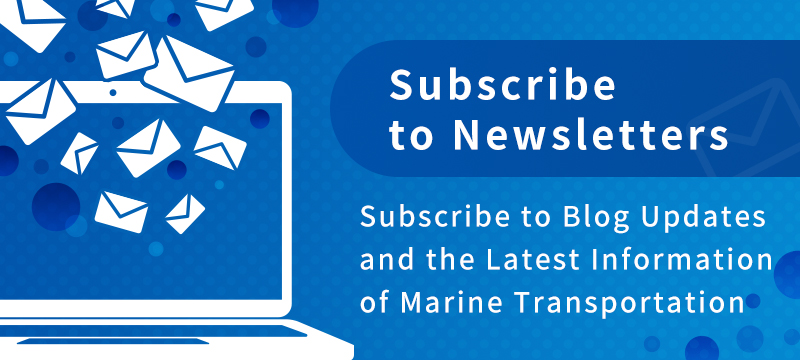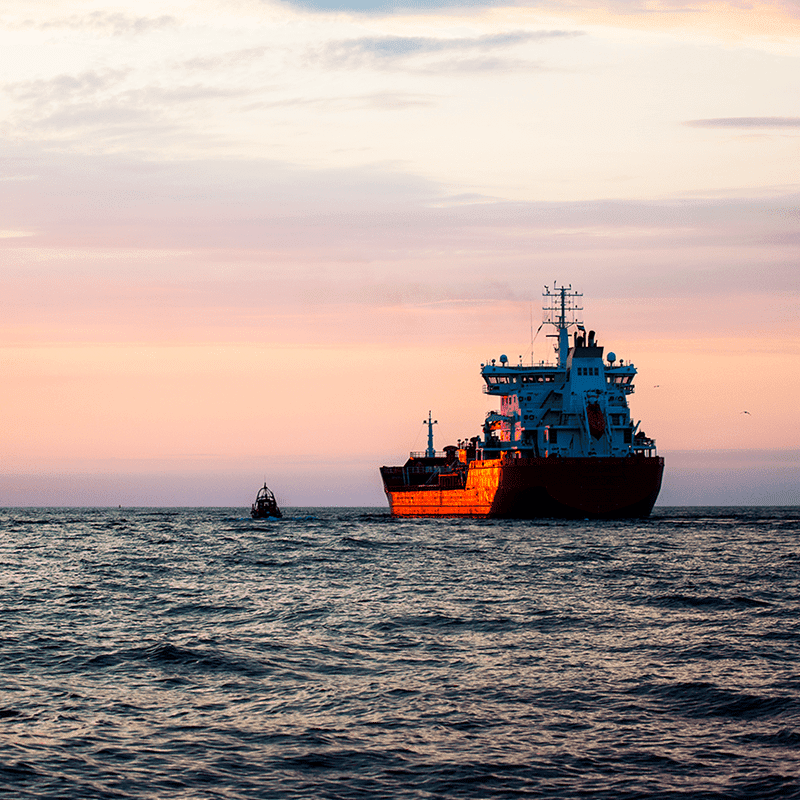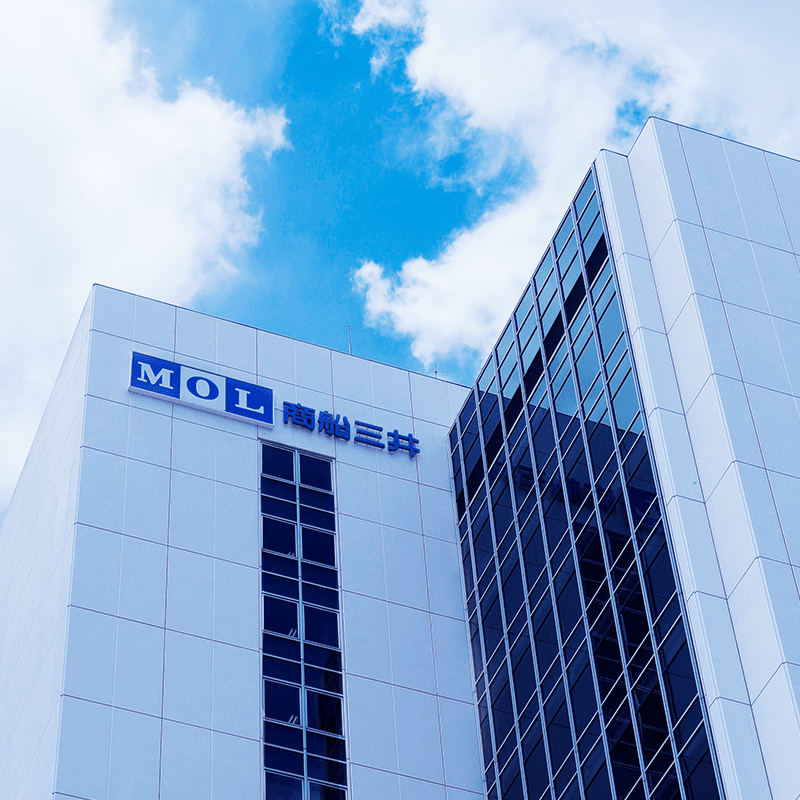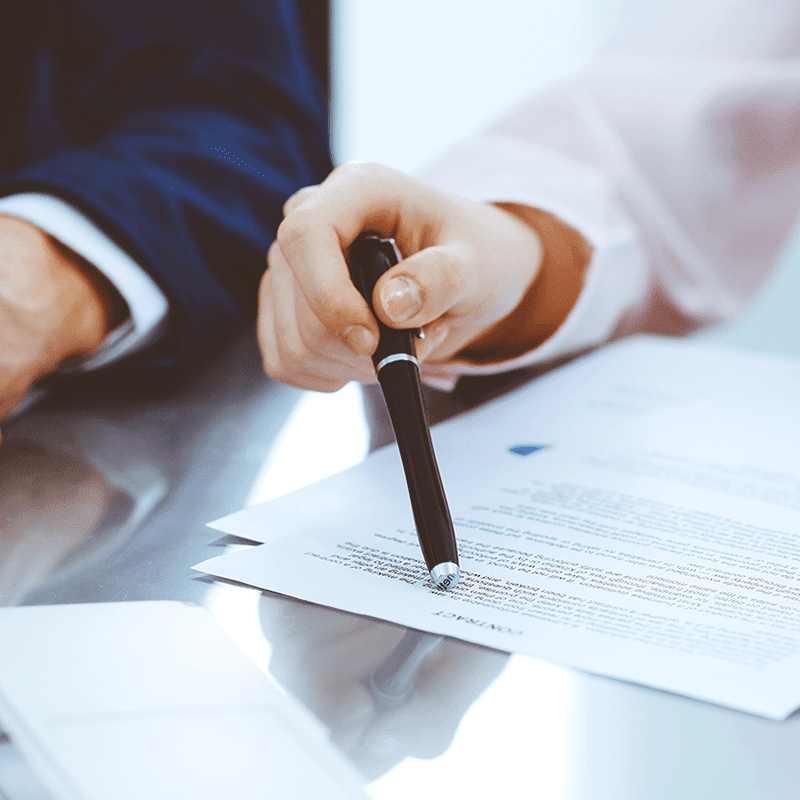- Japanese
-
- A
- A
- A
BLOG
Seafarers Essential to Maritime Transport
- Eco Friendly
2021.07.13
Maritime transportation, which involves the transportation of energy, products, and other goods that support people's lives, plays an important role in keeping society and economies flourishing worldwide. It is, therefore, extremely important to maintain and ensure safe and reliable transportation. In Japan for example, which is surrounded by the sea and lacks natural resources, maritime transportation accounts for more than 99% of its trade volume, and the maintenance of safe maritime transportation is critical. In this blog, I would like to talk about the seafarers (crews) who support maritime transportation at the forefront of the Shipping Industry.
Japanese Oceangoing Vessels Depend on Foreign Seafarers
As of the end of 2020, Japan was the second largest ship-owning country in the world, second only to Greece, with over 233 million tons carrying capacity in dead-weight tonnage and about 3900 vessels. (From UNCTAD: Review of Maritime Transport 2020)
The estimated number of seafarers aboard Japanese ocean-going vessels are approximately 55,000 (based on the crew capacity), of which about 75% are Filipinos and 20% other Asians (Indians, Chinese, Indonesians, etc.). The percentage of Japanese seafarers is estimated to be around 3.5%, so as can be seen, Japan is largely dependent on foreign seafarers, particularly Filipinos and other Asian seafarers, who make up 96% of the total number of seafarers. (Ministry of Land, Infrastructure, Transport and Tourism)
The number of Japanese seafarers engaged in ocean-going shipping is approximately 2,000, which is considerably less than the 40,000 Filipino seafarers employed. Actually, in the early 1970s, there were more than 50,000 Japanese seafarers on board ocean-going ships. However the demand for foreign seafarers have been gradually increasing as the whole volume of marine transportation increases in the world. It resulted that the number of Japanese seafarers had fallen to 38,000 by 1980.
And, the impact of the appreciation of the yen after the Plaza Accord in 1985 caused shipping companies to implement emergency employment measures which also led to a significant decrease in the number of Japanese seafarers. The number reached 5,030 by 2000 and 2,315 by 2008 and has remained between 2,100 and 2,300 since then. (See graph below.)
References: The total number of Japanese seafarers including domestic seafarers (approximately 27,000), fishery seafarers (approximately 18,000), and others (Barges, public ships, etc.) is approximately 64,000 (2017).)
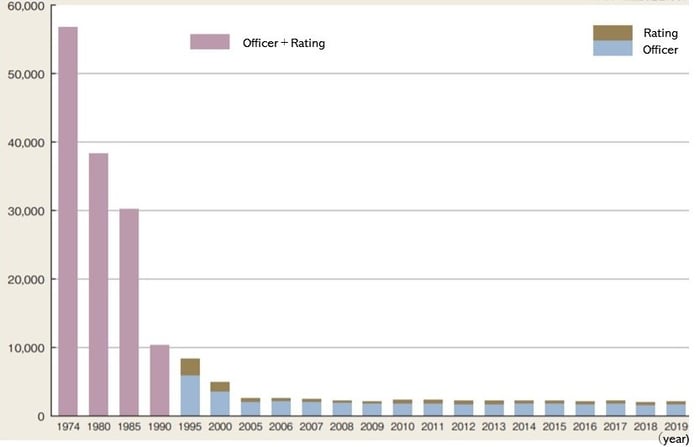 Trends in the number of Japanese seafarers in ocean-going vessels
Trends in the number of Japanese seafarers in ocean-going vessels
Source: SHIPPING NOW 2020 -2021 [Data Edition] (Japan Maritime Center)
Translated by MOL
The role of Japanese seafarers has now expanded not only be part of a multinational crew on board, but also to act as experts in advanced ship operations, for support and guide of ship operations and foreign crew members. In order to ensure safe operation, which is one of the most important functions of shipping companies, MOL endeavors to deepen the knowledge of the ship and operation and pass on their maritime expertise to all seafarers.
MOL's seafarers working on land, provide support for vessel operations, ship management, and technical support to the sales department. There is a strong demand from customers for safe operation and stable transportation. To respond customer's needs, we maintain an adequate number of Japanese seafarers and maritime technicians to pass on their expertise.
International Seafarers Make up the Majority
Worldwide, the number of seafarers engaged in ocean shipping is about 1.65 million, of which 770,000 are "Officer" and 870,000 are "Rating"(*1). The top 5 countries supplying seafarers are the Philippines, China, Indonesia, Russia, and Ukraine. (Source: estimated by using data of International Chamber of Shipping ) Of these countries, the Philippines is the largest supplier of seafarers with an estimated 450,000 Filipino workers worldwide (including workers such as hotel staff on cruise ships in addition to sailors in ocean-going shipping) , which is equivalent to more than 20% of the world's seafarers.
More than 40,000, or 10% of the total, are aboard Japanese ocean-going vessels, with 1 in 4 of the seafarers making up crews expected to be Filipino sailors. In addition to Filipino seafarers, there are more than 10,000 Asian seafarers, including Indians, Burmese, and Chinese.
(*1)
Officer: Seafarers mainly involved in ship operations such as , Captain, Deck Officer, Chief Engineer, and Engineer.
Rating: A seafarer other than "Officer," such as BOSUN: boatswain, No.1 Oiler, and Chief Cook.
As the number of Flag of Convenience (FOC) vessel has increased from the 1970s, the demand for the international seafarers especially in Philippines expanded in the 1980s. Because the Philippines had been under U.S. rule for nearly 50 years before gaining independence in 1946, Filipino seafarers who were educated in English and are fluent English-speaker, play key role to the growth of shipping industry.
In the Philippines, there are a large number of schools and seafarers' agencies that provide training for seafarers. Becoming a seafarer is regarded as a most popular and stable occupation as it provides long-term, high income employment. If you have experience, it is relatively easy to find another ship soon after your previous employment contract expires.
"Seafarer's Day"
- Supporting Their Country from Overseas -
Remittances from overseas workers is an important source of foreign currency income for the Philippines. It reached $29.9 billion in 2020, of which about 20% ($6.3 billion) came from seafarers, cruise ship service staff, and other maritime workers.
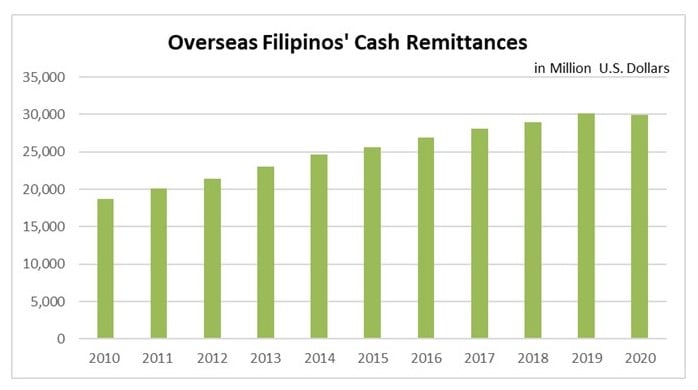 Source: Bangko Sentral ng Pilipinas
Source: Bangko Sentral ng Pilipinas
Created by MOL
The Government of the Philippines has established a "Day of the Seafarer" to express their appreciation of the contribution its seafarers make.
In 2020, the entry and exit restrictions imposed by countries due to Covid-19 forced some 100,000 seafarers worldwide becoming unable to land and they were left at sea for several months. The government of the Philippines, with its large number of seafarers, has taken special measures, such as establishing entry lanes exclusively for use by seafarers at airports, so that their seafarers can disembark and be replaced smoothly.
Everyone, not only the crews, have had a hard time during this Covid-19 pandemic, but it is easy to imagine the especial hardship faced by crews who were scheduled to return to their home countries but found themselves unable to disembark their ship to land and had no prospect of returning home. These seafarers deserve our full respect for continuing to ensure safe operation and keeping the channels of commerce open under the most trying of circumstances.
What are the characteristics of Filipino Human Resources? Find more
What is the current state of seafarer education?
As can be seen, Filipino seafarers are making a significant contribution to the global shipping industry and the Philippine economy. And Japanese shipping companies are actively participating in their training.
In 2018, Mitsui O.S.K. Lines established the MOL Magsaysay Maritime Academy, a boarding maritime academy in the southern suburbs of Manila, as a joint venture with the Magsaysay Group, a major local human resources service provider with whom MOL has long partnered in seafarer education and manning. The 13.2 hectare campus includes an educational building, a training ship where pool lifeboat descent training is possible, and an accommodation building. The training ship has a bridge equipped with facilities such as a simulator, a main engine room, and other facilities similar to those found on a real ship, allowing students to practice using a combination of both actual machinery and simulators. The number of students for one grade is about 300 (150 officers and 150 engineers). In addition, we have established training facilities for our group Corporation at six locations worldwide to provide education in the expertise and skills required of seafarers for all positions, whether new or experienced, or staff/departmental staff. We are mainly focused on the development of "Officer", where demand is expect to increase worldwide in the future.
Click here to learn more about MOL's Maritime Education and Training
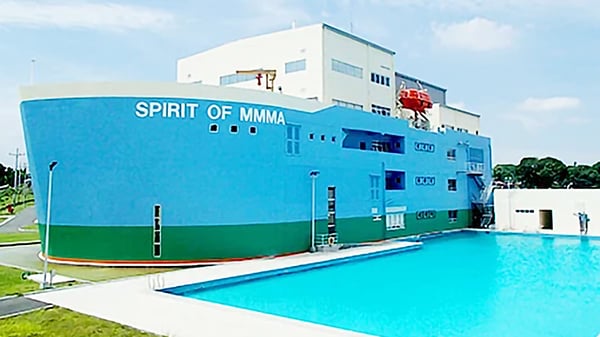
MOL Magsaysay Maritime Academy's training ship and pool for lifeboats descent training
The Philippine economy has grown remarkably in recent years. According to the IMF (World Economic Database), except for the abnormal year of 2020, growth has been at 6% or more for 7 consecutive years since 2012, and it is estimated that the economy growth rate will recover to close to the level it was before COVID-19 by April 2021. As a result, even in the Philippines which has a large young working population, it is becoming increasingly difficult to attract people to the manufacturing industry. However, the conditions of ocean-going seafarers is relatively good in comparison, so a maritime career remains popular in all regions.
Another reason for the popularity of MOL's maritime academy “Magsaysay Maritime Academy” is that it gives graduates the opportunity to work for a Japanese shipping company and that the school covers the cost of onboard training (one year), a requirement for certification. About half of the graduates from the school will work for Mitsui O.S.K. Lines, with the other half finding employment with other shipping companies through the Magsaysay Group. This education facility not only helps MOL secure its own human resources, but also plays a role in raising the level of employment in the Philippines through the supply of human resources to other companies. In addition, students attend from all over the Philippines, so seafarer education can be seen as contributing to the support of local economies by providing attractive employment opportunities to young people from rural areas where job opportunities are limited.
You can download the Maritime Education and Seafarer Training menus that MOL provide, Please click below.
M-TechKnowledge
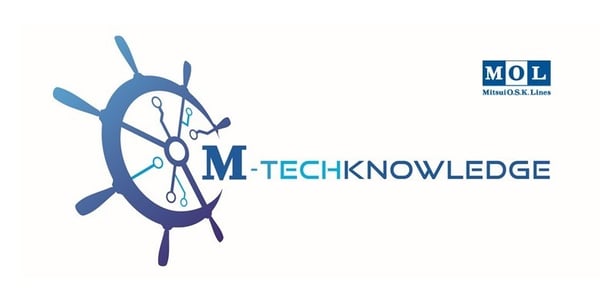
M-TechKnowledge:MOL + Marine Technology+ Marine Knowledge
For over 130 years, we have been building our Marine Knowledge and Marine Technologies, including knowledge about the oceans, knowledge of ship operations, technology for ships, and networks with port authorities and shipbuilding companies.
MOL will continue to endeavour to maintain safe operations and environmental protection for the Next Generation.

Writer:Akina
Joined MOL in 2014 after working for a credit card company. After being in charge of car carriers administration, operating bulk carriers, now I’ve been involved in the operation of this website, in the marketing division. I'm also in charge of website news letter. Easy to subscribe, please click below!
Recommended Articles
2022.07.05
- General Shipping
2021.04.13
- Energy
2021.08.07
- Eco Friendly
2021.06.07
- Energy
- Eco Friendly
2021.11.16
- Eco Friendly
Latest Articles
2024.04.02
- Energy
- General Shipping
2024.03.19
- Energy
- General Shipping
2024.03.05
- General Shipping



